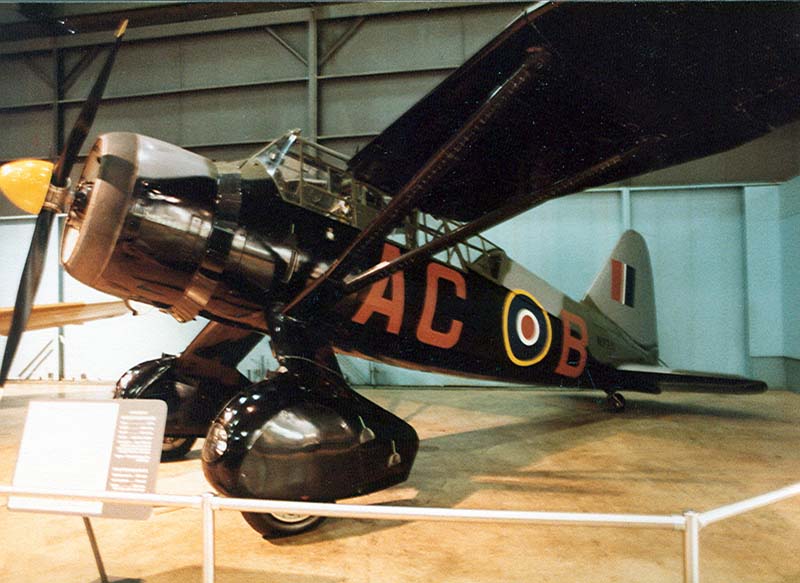| Westland | |||||
|
Lysander
# |
|||||
 |
|||||
|
Photo: Robert Deering 10/23/2006 Smithsonian National Air and Space Museum Chantilly, Virginia |
|||||
|
During
World War II, Westland Lysander crews flew highly classified
clandestine missions from England over Axis territory. Many
of their operational missions remain tightly locked in
official secrecy. The Lysander was designed to land and take
off from places normally unrecognizable as airfields. The
aircraft operated comfortably from pastures, fields, and
even clearings in the forest and was effective at inserting
secret agents deep into enemy territory. The museum's Lysander was built in Canada in 1942. Little is known about its service history, but it likely flew as an aerial tow plane for target practice. This aircraft is painted in the colors of 138 Squadron RAF. During World War II, this squadron was based at RAF Tempsford Airfield. It was controlled by the Special Operations Executive and flew clandestine missions supplying resistance forces and transporting agents to and from occupied Europe. Dimensions: Overall: 14ft 6in. x 30ft 6 1/8in. x 49ft 2 9/16in. (4.42m x 9.3m x 15m) Materials: Wings: aluminum and wood wing structure with fabric covering Fuselage: Steel tube with aluminum cowling, landing gear and wheel spats, and side panels, rear fabric covered Physical Description: Westland Lysander IIIa army cooperation/liaison high wing aircraft; bent seagull wing shape with trailing edges tapered forward equipped with trailing edge flaps and leading edge slats, which operated automatically; the wing is braced with two pairs of "V" struts; steel tube fuselage with aluminum panels on front half with fabric covered rear; aluminum cowling and aluminum covered fixed undercarriage and wheels; Medium Sea Gray and Dark Green upper camouflage pattern on upper surfaces, Matt Black underside, and Type C1 Fuselage Roundel: yellow, dull blue, white, and dull red, Dull Red Squadron Code "AC"; Bristol Mercury XX nine-cylinder engine.
Source:
Smithsonian National Air & Space Museum |
|||||
|
